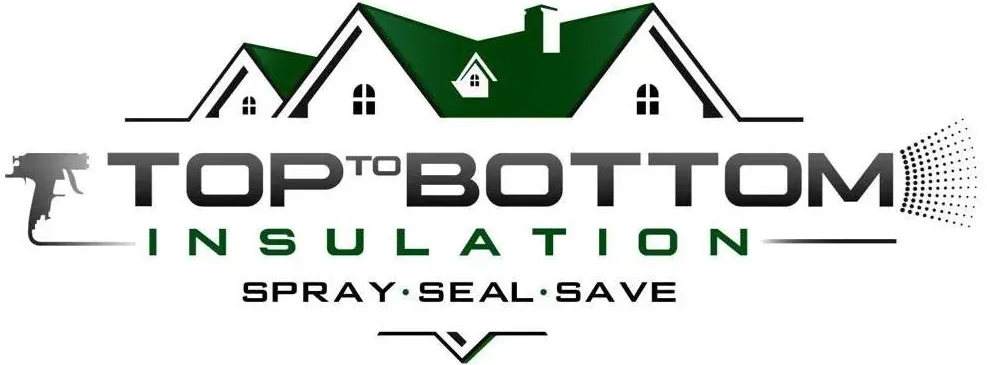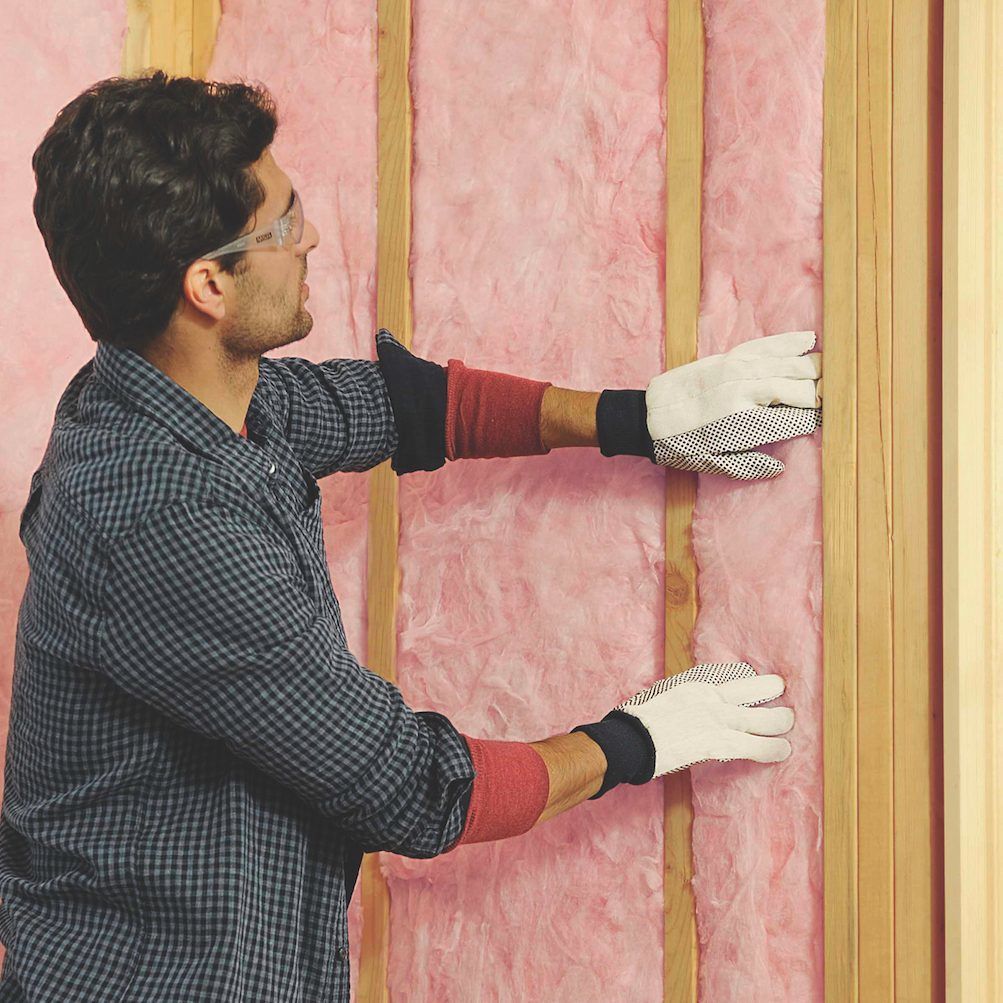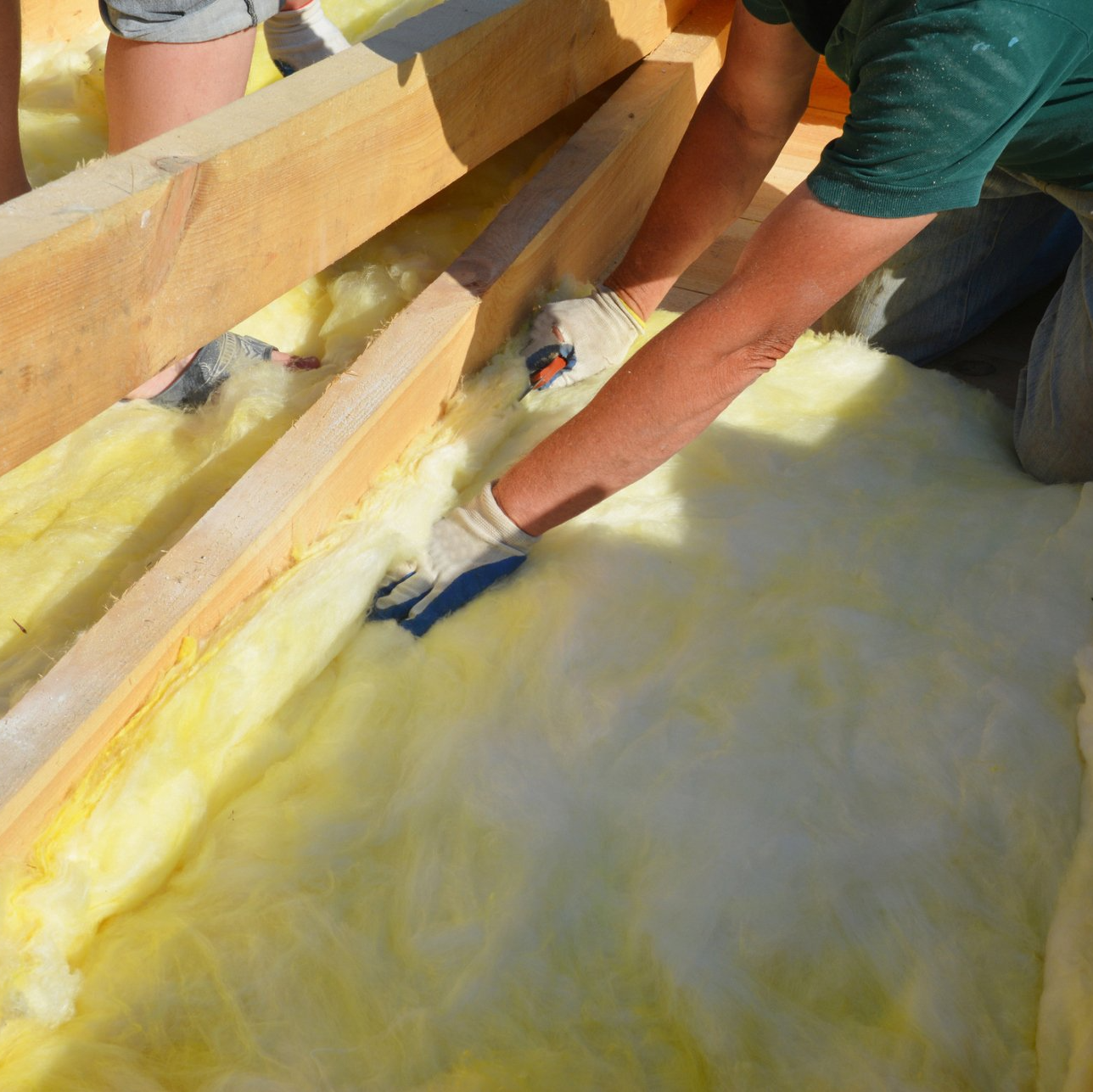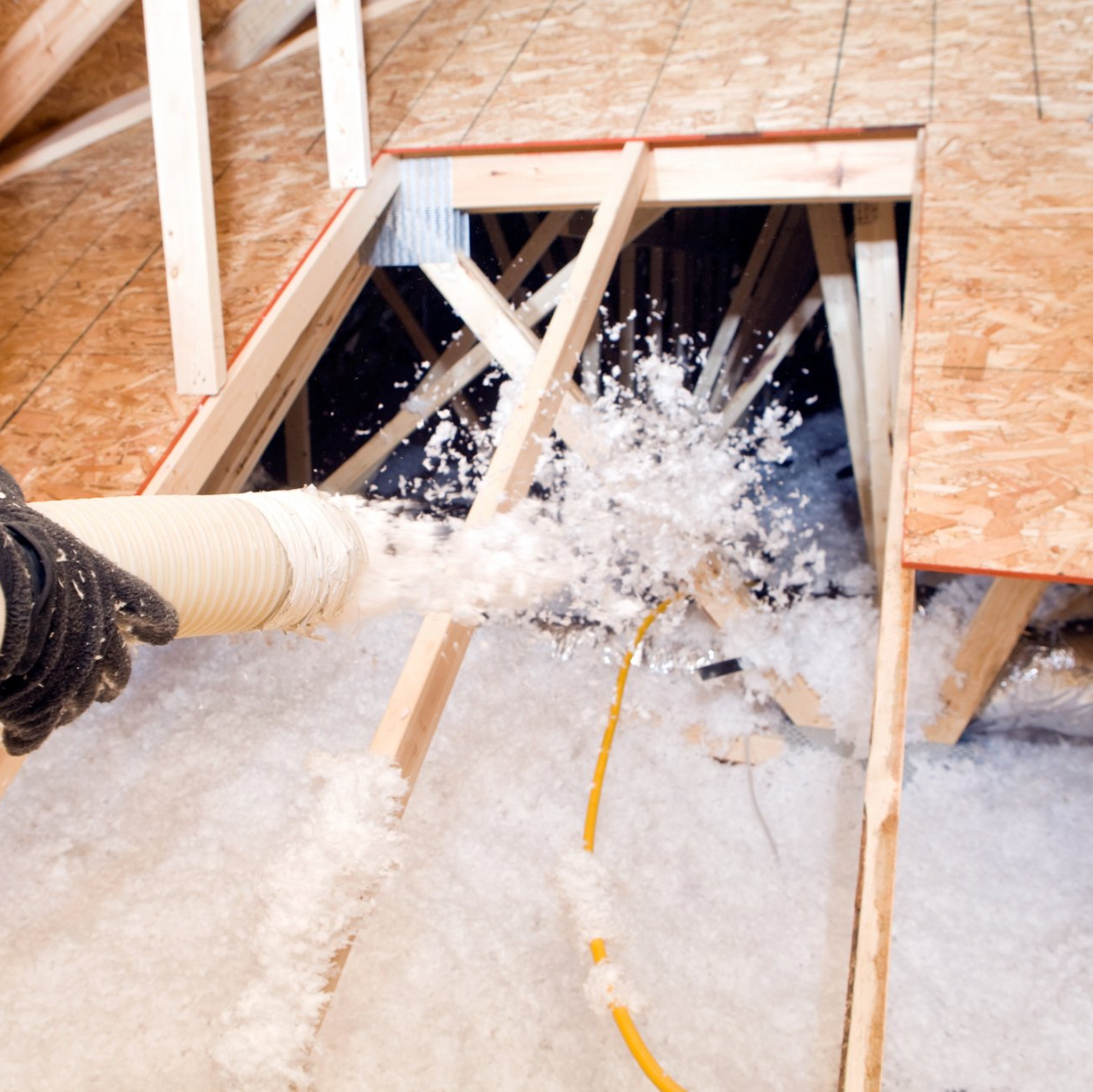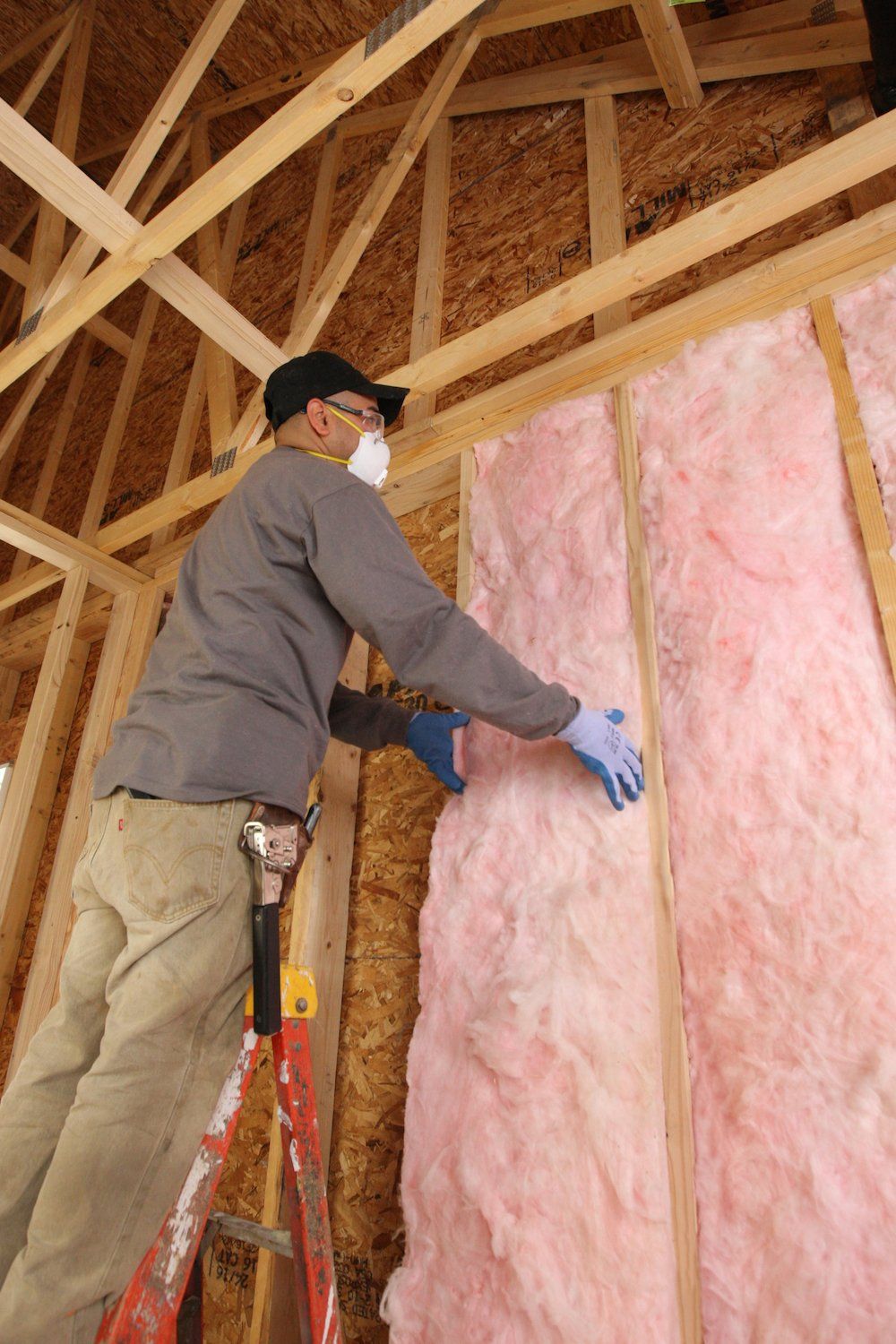Fiberglass Insulation
Top to Bottom Insulation installs batt fiberglass insulation and offers multiple r-values include faced, un-faced, baffled, and soundproofing. Fiberglass insulation often used the most throughout residential and commercial properties because it's affordable, has fire-resistant qualities, and can help make your property more energy efficient. Fiberglass insulation is also formaldehyde-free and is typically made of recycled materials, which makes it environmentally friendly. Call us at (732) 462-7230 for a free insulation estimate.
Types of Fiberglass Insultation
Fiberglass Batt Insulation
Fiberglass batt insulation is best used between studs, joists, and beams of unfinished walls, floors, and ceilings. This is one of the most cost-effective insulation materials while still providing superior effectiveness in protecting your property from harsh temperatures.
- Fiberglass Batt Insulation Benefits
- Exceptional acoustics
- Won't absorb moisture
- Doesn't settle or corrode
- Lightweight and non-combustible
Blown-In Fiberglass Insulation
Blown-in fiberglass insulation can be installed in just about any space but is mostly used for attics in homes. This versatile insulation solution is great for new homes or to add additional insulation to your existing home. Aside from improving the efficiency of your home, this insulation can help with sound control when placed between walls.
- Other Areas & Uses for Blown-In Fiberglass Insulation
- Throughout heated or natural hot areas like the garage
- Interior walls and between floors for sound control
- Exterior walls for added insulation benefits
Fiberglass Insulation Details
Fiberglass Batt Insulation
Fiberglass is a type of flexible fiber, primarily made of glass. It has many uses, but its main purpose is to act as a commercial thermal insulator. By trapping pockets of air, it slows the spread of heat and cold.
Fiberglass batt insulation is best used between studs, joists, and beams of unfinished walls, floors, and ceilings. This is one of the most cost-effective insulation materials while still providing superior effectiveness in protecting your property from harsh temperatures.
- Fiberglass Batt Insulation Benefits
Aside from its budget-friendly design, fiberglass insulation also offers fire resistance, indoor sound reduction, and easy installation. Fiberglass insulation resists mold and mildew, helping protect your home’s air quality and preventing moisture damage to your home’s frame. Fiberglass insulation has long been a favorite of homeowners, contractors, and commercial builders and can be used in conjunction with other layers of moisture protection or added insulation barriers.
- Cost-Effective
- Easy to Use
- Easy to Find
- Exceptional acoustics
- Won't absorb moisture
- Doesn't settle or corrode
- Lightweight and non-combustible
- Reduces fossil fuels created by running heating systems and air conditioners
Types of Fiberglass Insulation
- Fiberglass Batt Insulation
As one of the most common and cost-effective insulation options, fiberglass batt insulation comes in easy-to-use rolls in various thicknesses. It is good insulation for attics, walls, crawl spaces, ceilings and basements. Batt insulation is lightweight and can be installed quickly and affordably by professionals. It comes with or without facing, which must be placed according to the manufacturer’s specifications to resist transfer of water vapor. Both faced and unfaced varieties have an R-value from R-2.9 up to R-4.3 per inch.
- Un-Faced Fiberglass Insulation
Unfaced fiberglass batt insulation does not have an exterior layer of paper, so its main function is to protect against conduction. It does not offer protection from water vapor or moisture and should be paired with a vapor control layer on the exterior of the building when used on outer walls. It is the most commonly used fiberglass batt in climate zones 1, 2 and 3.
- Faced Fiberglass Insulation
Faced fiberglass batt insulation protects against conduction and moisture accumulation. Faced insulation has paper on one side that acts as a Class II vapor retarder when installed facing the hot-warm side during the winter months. It is most commonly installed in vertical walls, and it has a sound transmission class (STC) rating of 39, making it effective in blocking interior sound but less effective against outdoor noise.
- Loose Fill Fiber Insulation
Loose fill fiber insulation protects against conduction and achieves an R-value of approximately R-2.5 per inch. While it is slightly less dense than fiberglass batts, loose fill fiberglass insulation offers greater ease of installation, especially in hard-to-reach areas.
Does Fiberglass Insulation Need to be Replaced?
While fiberglass insulation can last for 80 to 100 years, it may become less effective over time. After 15 to 20 years, fiberglass batts can begin to lose their structure and may also lose some of their insulating properties. Fiberglass is permeable to airflow, which may lead to “wind washing.” Dust can be blown through your fiberglass insulation, lowering the R-value and negatively impacting your insulation’s effectiveness.
Appropriate Fiberglass Handling
Proper handling of fiberglass during installation or removal is crucial to the health and safety of the installers as well as the occupants of your home. When disturbed, fiberglass releases small glass particles into the air, which can damage lungs if inhaled or can become embedded in the skin. Professional installers will employ proper PPE when handling fiberglass insulation, including gloves, skin covers, and mouth and nose coverings.
Once the fiberglass insulation is sealed and your project is finished, there are no known long-term hazards. Older fiberglass insulation sometimes contained phenol formaldehyde, which has the potential for low-grade toxic off-gassing. However, the formaldehyde-free fiberglass insulation used today makes the product non-toxic and much safer.
Using an expert installation contractor will help ensure that proper precautions are followed when installing, removing, and handling fiberglass insulation.
CALL US TODAY
